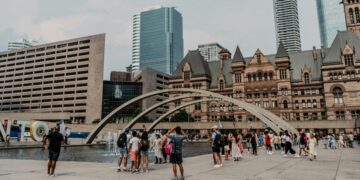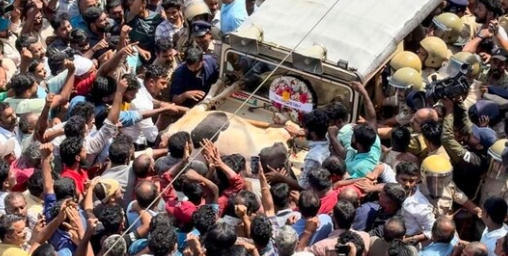Wayanad, nestled in the lush greenery of Kerala, is renowned for its biodiversity and natural beauty. However, this paradise is increasingly becoming a battleground for human-wildlife conflict, with incidents of conflict between humans and animals on the rise. While the knee-jerk responses to such conflicts often involve aggressive measures to control or eliminate wildlife, the long-term solution lies in sustainable restoration efforts that address the root causes of these conflicts.
The conflict between humans and animals in Wayanad is multifaceted, stemming from factors such as habitat loss, fragmentation, and degradation, as well as encroachment into wildlife territories. Rapid urbanization, agricultural expansion, and infrastructure development have further exacerbated these issues, leading to increased encounters between humans and wildlife.
In response to such conflicts, authorities have often resorted to quick-fix solutions such as culling or translocation of animals, which may provide temporary relief but fail to address the underlying issues. These measures not only disrupt natural ecosystems but also fail to guarantee long-term resolution of conflicts. Moreover, they can have detrimental effects on the populations of already endangered species and disrupt the delicate balance of the ecosystem.
Instead of relying solely on reactive measures, it is imperative to prioritize sustainable development and conservation initiatives that promote coexistence between humans and wildlife. This involves restoring and preserving natural habitats, creating wildlife corridors, implementing effective land-use planning, and promoting community-based conservation efforts.
One successful example of such an approach is the Muthanga Wildlife Sanctuary in Wayanad, where conservation efforts have focused on habitat restoration, community engagement, and sustainable eco-tourism. By involving local communities in conservation initiatives and providing alternative livelihood options, the sanctuary has not only reduced conflicts but also contributed to the economic well-being of the community.
Furthermore, education and awareness programs play a crucial role in fostering understanding and empathy towards wildlife among local residents. By promoting coexistence and encouraging responsible behaviour, such initiatives can help mitigate conflicts and promote harmony between humans and wildlife.
In conclusion, the escalating human-wildlife conflict in Wayanad calls for a shift towards long-term restoration and conservation efforts instead of short-sighted and reactive measures. Sustainable development, community involvement, and education are key components of a holistic approach to addressing these complex challenges. By prioritizing coexistence and embracing a harmonious relationship with nature, we can ensure the preservation of Wayanad’s rich biodiversity for future generations.








 India
India












